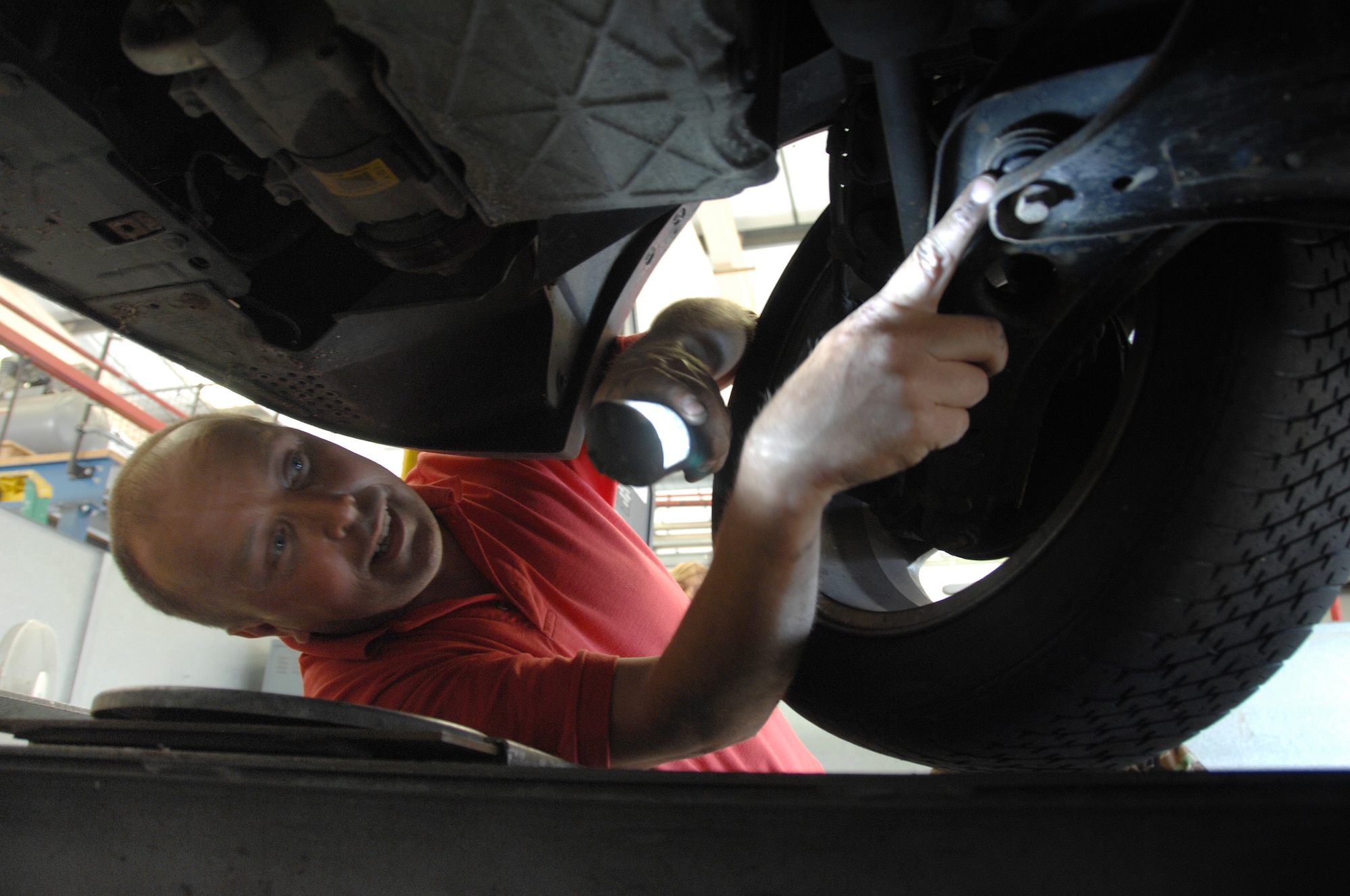Purpose
The MOT assessment, taken in the Mot testing station helps the government's traffic safety plan by ensuring that automobiles, other lightweight cars (including certain light freight vehicles), commercial buses, and motorcycles above a certain age are assessed at least once a year to verify that they meet vehicle safety and environmental criteria. An electronic record is kept for each test performed. When a car is taxed, this record is examined. The police and other law enforcement authorities can also obtain this information directly from the electronic record, which they can use for on-road enforcement of a vehicle's MOT or other investigations.
Tests Classes
The vehicles that are subject to the regulations' testing are separated into the following categories.
Class 1
Motor bicycles (with or without sidecars) up to 200 cm3 are classified as Class 1 vehicles.
They might be in the L1, L3, or L4 categories.
After three years, they will be obliged to take their first test.
Class 2
Other than mopeds, Class 2 vehicles (including Class 1) are motor bicycles (with or without sidecars).
They might be L3 or L4 in classification.
After three years, they will be obliged to take their first test.
Class 3
Class 3 vehicles are three-wheeled vehicles weighing less than 450 kg unladen (excluding motor bicycles with sidecars).
After three years, they will be obliged to take their first test.
They might fall under the L2 or L5 categories.
Class 4
Class 4 includes three-wheeled vehicles weighing more than 450 kg unladen.
- Vehicles have up to eight passenger seats, including automobiles, passenger vehicles, motor caravans, private hire vehicles, motor tricycles, quad cycles, and dual-purpose vehicles.
- Vehicles with a design gross weight of fewer than 3,000 kilograms (DGW)
- Taxis and ambulances with seating for up to eight people
- Vehicles with nine to twelve passenger seats, ambulances, motor caravans, and dual-purpose vehicles
Who Carries Out Mot Test
Vehicles are mostly tested at commercial garages (authorised examiners) and by some local governments (designated councils). These are known as vehicle testing stations and are licenced or authorised by the DVSA as necessary (VTSs). VTX and their employees are subject to DVSA inspections to ensure that testing is done correctly. DVSA-approved test equipment must be used MOT tests are performed by testers who have received special training and approval. They sign official test paperwork and enter test results into the MOT database.
Authorized Examiners
Application and Authorization
The DVSA distributes data on authorised vehicle testing stations (VTSs). This contains your business name, address, and phone number to help the general public locate a VTS in their region. When documentation is sought according to the Freedom of Information Act, the DVSA will comply. These inquiries will not include any personal details. Information on an AE, VTS, or its employees may be provided in response to a request from other law enforcement authorities, such as the police or HM Revenue and Customs.
Training
Every new AE must have at least one authorised examiner designated manager (AEDM) who has completed a DVSA approved MOT management training that includes the following topics:
- administrative arrangements
- quality systems
- disciplinary and appeal processes
- testing duties
Appointments for tests
Appointments for cars without a current MOT certificate (which cannot lawfully be driven to and from the testing facility without an appointment) must be documented in writing. The following details must be included in the paperwork:
- Time and date of the meeting, as well as the identity of the person who made it
- After the consultation, the documentation should be retained for a minimum of 3 months.
Sites that have been abandoned
As operational issues, AEs will be expected to staff and maintain their VTSs. When no tests are completed at a site for three months in a row, AEDMs are expected to inform the DVSA and explain why, as well as any corrective action taken. AEs can also choose to relinquish their authority and shut the VTS on their own.
Refuse to take the test
If a vehicle is of a class or kind of vehicle that an AE is not authorised to test, or if a type of test that they are not authorised to do, an AE must not perform an MOT on it. A CT30 may be completed and sent to the presenter if the presenter requests the rationale in writing.
Quality Management
To that purpose, AEs must guarantee that each of their VTSs has an effective quality management system. Such a system would have to be adjusted to the VTS or VTSs' unique circumstances, such as:
- The number of VTSs,
- The volume of tests,
- The number of testers,
- The staff's expertise
When it comes to operating systems, AEs must constantly keep in mind that things will go wrong. An effective quality management system detects problems early and assists the AE in correcting them. A quality management system that never detects problems is unlikely to be effective. When things go wrong, it's critical to keep track of what happened and what was done to avoid it from happening again. The DVSA's focus on determining how successfully garages manage quality will shift in the future to an assessment of their quality management system.
Conclusion
Numerous things are regarded as very important in Mot Contingency Testing, one should research properly and take this test.

























